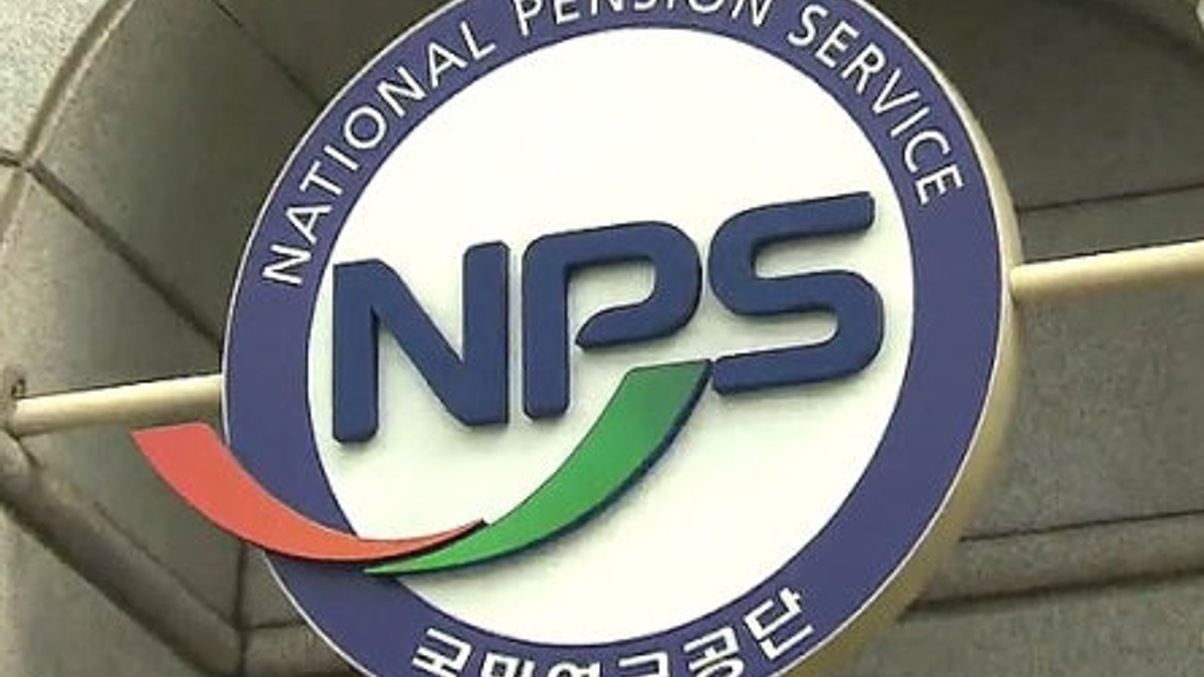NPS embarking on investing hiring drive to fill its brain drain
The world’s third-largest pension fund intends to hire over 50 new investment team members, with a particular focused on domestic and overseas alternative investment.

Korea’s National Pension Service’s newly stated desire to fill 54 vacancies in its investment department underlines a pressing need to round out an underpowered investment team as its asset base continues to grow. Successfully filling these positions will be important for it to successfully expand overseas and alternative asset investments, say experts.
Sign In to Your Account
Access Exclusive AsianInvestor Content!
Please sign in to your subscription to unlock full access to our premium AI resources.
Free Registration & 7-Day Trial
Register now to enjoy a 7-day free trial—no registration fees required. Click the link to get started.
Note: This free trial is a one-time offer.
¬ Haymarket Media Limited. All rights reserved.


